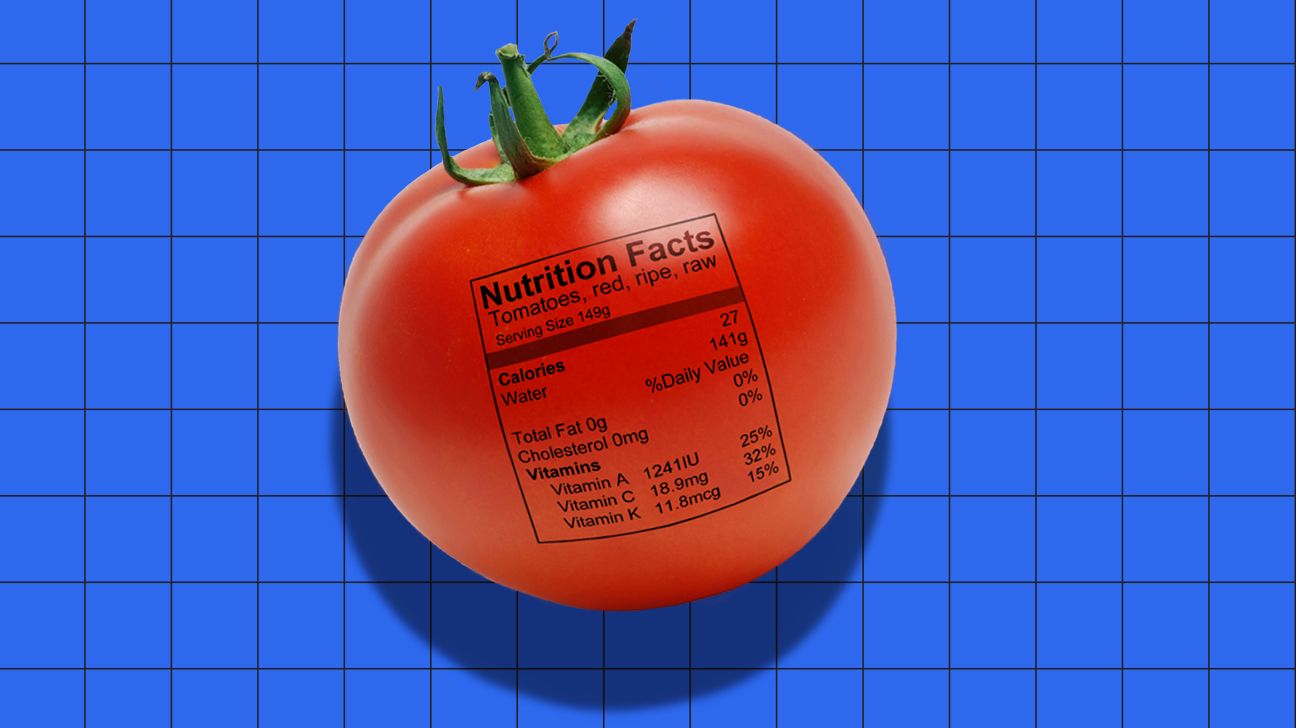What exactly is a kcal or kilocalorie? It’s simply another way to measure calories, with 1 kcal equal to 1,000 regular calories. The kcal unit is commonly used for measuring food energy, while the smaller calorie is typically used for things like exercise expenditure.

If we’re talkin’ cals, these can be “small” or “large” calories. A capital “C” in “calories” signals a large calorie, while a lowercase “c” means it’s small.
A small calorie is roughly the total energy needed to bump up the temperature of 1 gram (0.035 ounces) of water by 1°C (1.8°F).
On the flip side, a large calorie approximates the total energy needed to increase the temperature of 1 kilogram (2.2 pounds) of water by 1°C (1.8°F).
One large calorie equals 1,000 small calories (since 1 kilogram equals 1,000 grams).
So, how many calories are in a kilocalorie?
To make small and large calories a little less confusing, it’s assumed that the prefix “kilo” in the term “kilocalorie” was intended to point to the large calorie. So, a kilocalorie = a large calorie.
Unfortch, the small calorie term is hardly ever used, except in chemistry and physics research. For us outside the lab, a small calorie is a pretty useless measurement.
Wait… so what is a regular calorie, then? The terms “calories” — without the capitalization distinction — and “kcals” are tossed around interchangeably to describe the same energy amount for both food and fitness purposes.
So basically, “calories” and “kilocalories” usually mean the same dang thing.
Other calorie measurements
Energy in food can also be measured in kilojoules (kJ). One calorie (kcal) equals 4.18 kJ or 4,184 joules (J).
If you’re looking to convert calories to kJ, multiply the number of calories by 4.18. To convert kJ to calories, divide the number of kJ by 4.18.
For example: A banana (118 grams) has about 105 calories (kcal) or 439 kJ.
Food and beverage regulations require manufacturers to showcase a Nutrition Facts label on products. This is to identify the amount of energy the food or drink has per serving (or per a certain weight).
The labels slapped on food products keep buyers informed about the healthfulness (or not-so-healthfulness) of the foods and drinks. They also list ingredients and other information so buyers can accommodate allergies, intolerances, or general preferences in what they eat.
The way these labels express calorie or kilocalorie information varies depending on where you live.
Here’s a handy list of countries and their corresponding labels:
- United States: calories (kcal)
- Canada: calories (kcal)
- European Union (EU): kJ and kcal
- Australia and New Zealand: kJ or both kJ and kcal
- China: kJ
The number of kilocalories/calories in a food or beverage is determined by the manufacturer and depends on the amount of energy from nutrients the item has.
The three main nutrients that give us energy are protein, carbs, and fats. Protein and carbs both contain around 4 calories (16.7 kJ) per gram, whereas fat provides 9 calories (37.6 kJ) per gram. Booze has 7 calories (29.3 kJ) per gram.
Manufacturers arrive at these figures by rounding to the closest 1-gram increment, so if you’re measuring the amount of calories or kJ from each of the macronutrients, there’s a chance they may add up a little differently than the figure you see on the nutrition label.
Plus, the nutrition labels for foods that contain fiber (which is categorized as a carb) may have fewer calories than you estimate. Why? Depending on the type of fiber, it’s going to be either indigestible or badly digested, providing few or no calories.
We use calories to measure energy in both our food and our fitness routines.
The terms “calories” and “kilocalories” are used interchangeably to describe the amount of energy found in food. Whether food and drink labels list calories or kcals depends on geographic location.

